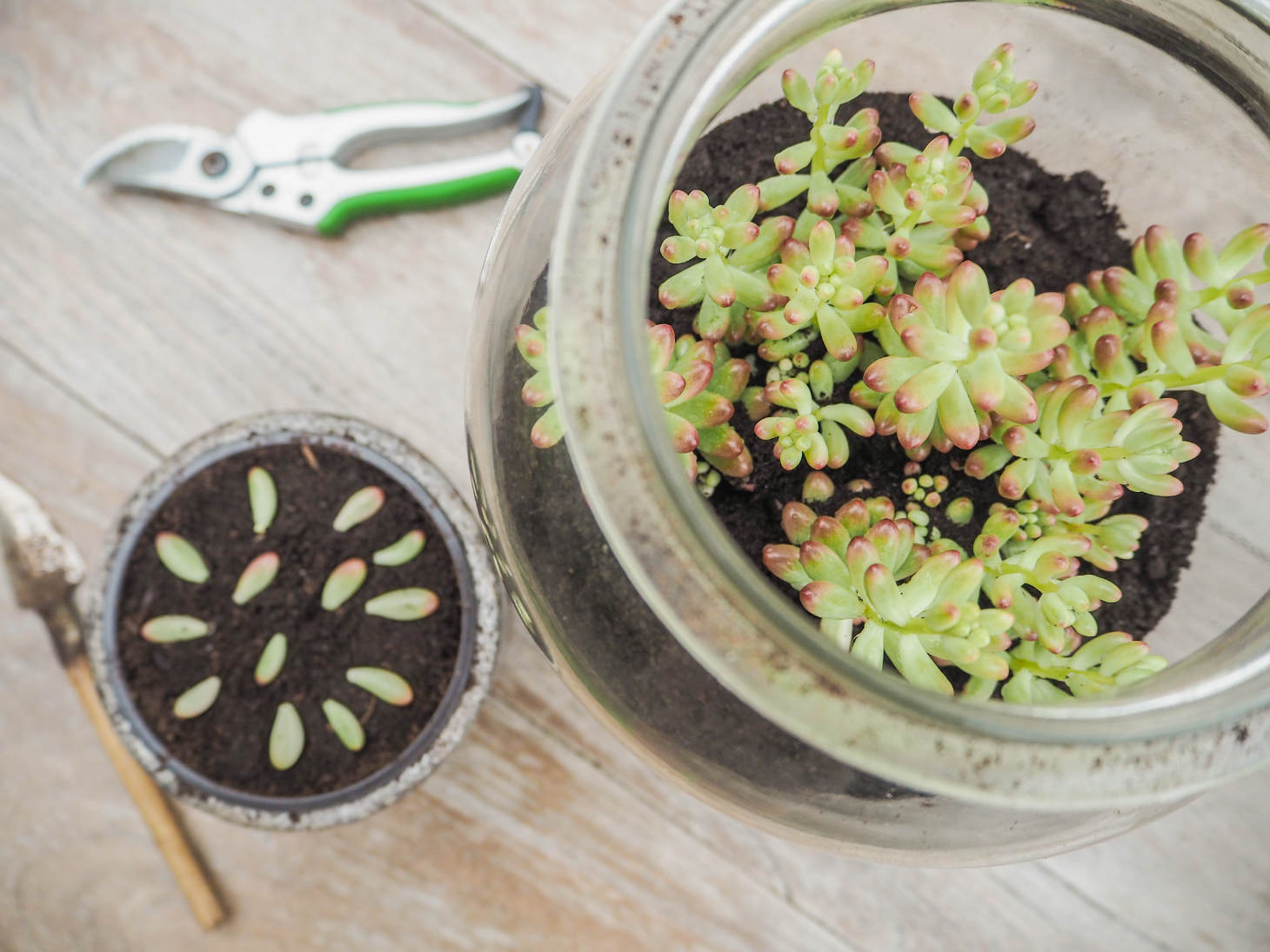Succulent Propagation Timing
If you want to grow your succulent collection, knowing when to propagate can make a big difference. The best time to propagate succulents is during their active growing season, which is usually in spring or summer. Timing matters because starting new plants when they are most likely to root and grow gives you the highest chance of success.
Different methods, like using leaf or stem cuttings, pups, or seeds, may require slightly different timing, but most succulents respond best to warm temperatures and plenty of indirect light. Paying attention to your plant’s environment helps you pick the best possible moment and gives your cuttings the right start.
Key Takeaways
- Start propagating succulents during their active growing season.
- Choose the method and timing that best fit your plant’s needs.
- Proper care and good conditions help new succulents root and thrive.
Optimal Timing for Succulent Propagation
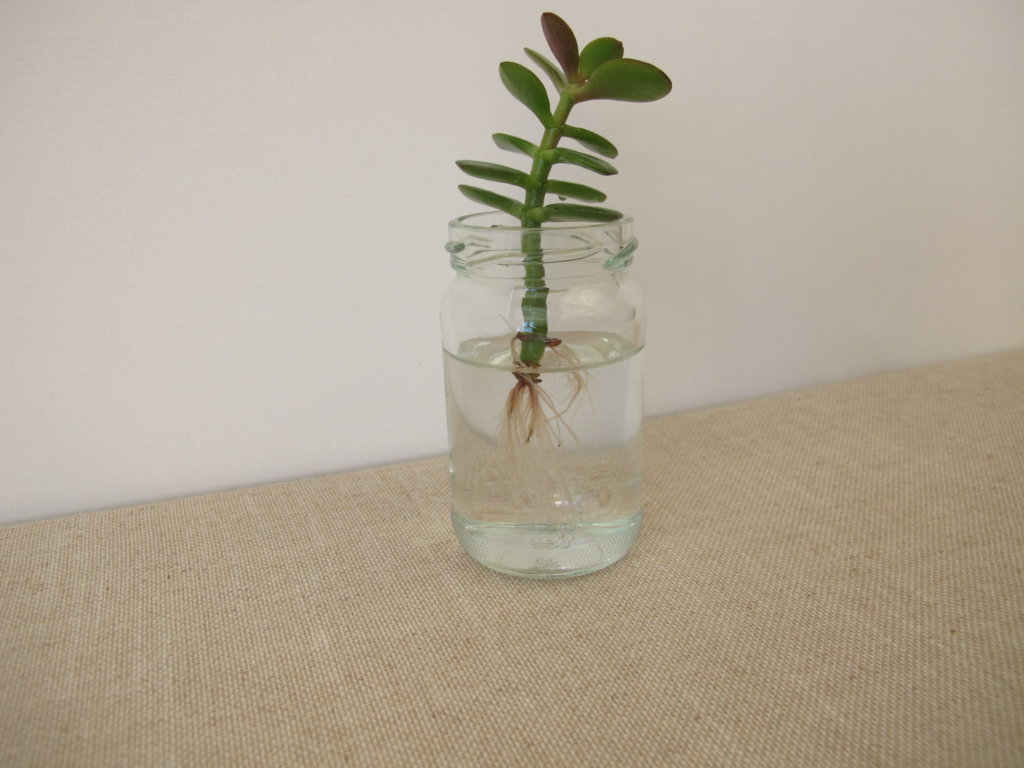
When propagating succulents, picking the right moment makes a noticeable difference in growth success. Timing affects root development, success rates, and how quickly new plants establish themselves.
Seasonal Influence on Success Rate
The best time to propagate succulents is usually in the spring or summer. During these months, most succulent species experience their main growth period. This means your cuttings are more likely to root quickly and start growing.
Winter and late fall are not ideal times for propagation. Succulents are semi-dormant then, so cuttings take much longer to root and chances of rot increase. If you live in a mild climate, you might have a wider window, but warm, bright conditions are still the most important.
If you want your propagated succulents to thrive, start the process when growth activity is naturally picking up.
Dormancy Period Considerations
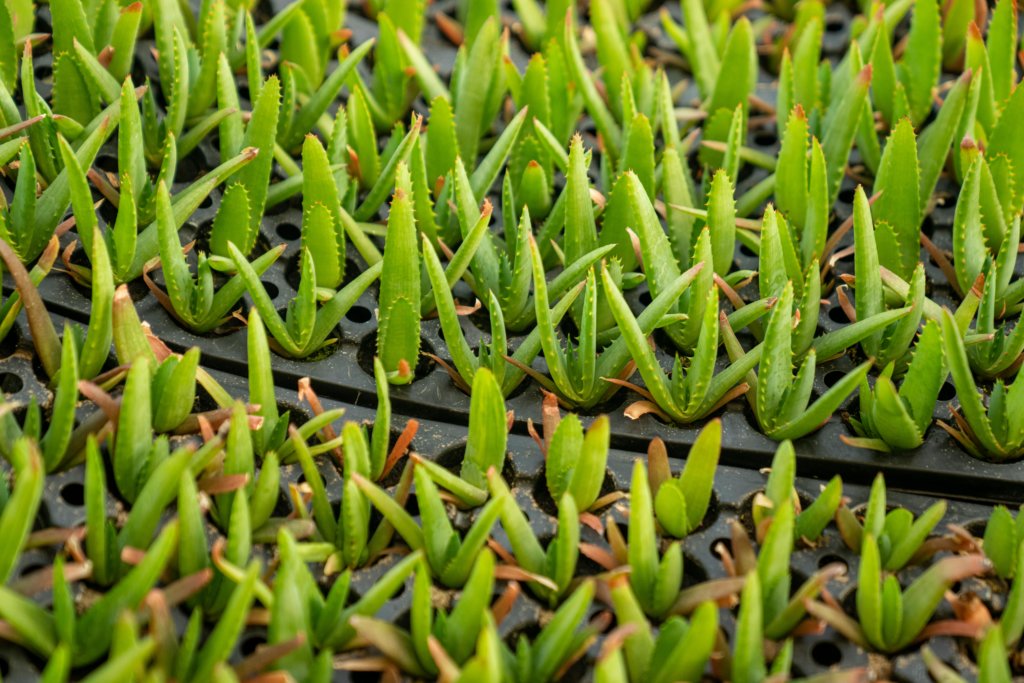
Succulents often have a dormancy period where their growth slows or stops. This dormancy depends on the type of succulent. For example, many popular types such as Echeveria, Haworthia, and Aloe slow down in the cooler months.
Propagating during dormancy means your cuttings or leaves are slow to develop roots. Because growth rate drops, new plants can be more likely to fail. Try to avoid propagating if your succulent is not putting out new leaves, showing much growth, or if you notice color fading.
Some summer-dormant succulents, like Sempervivums, need to wait until fall or spring for propagation. Watch your plant’s growth habits to figure out its dormancy cycle before taking cuttings.
Recognizing Signs of Readiness
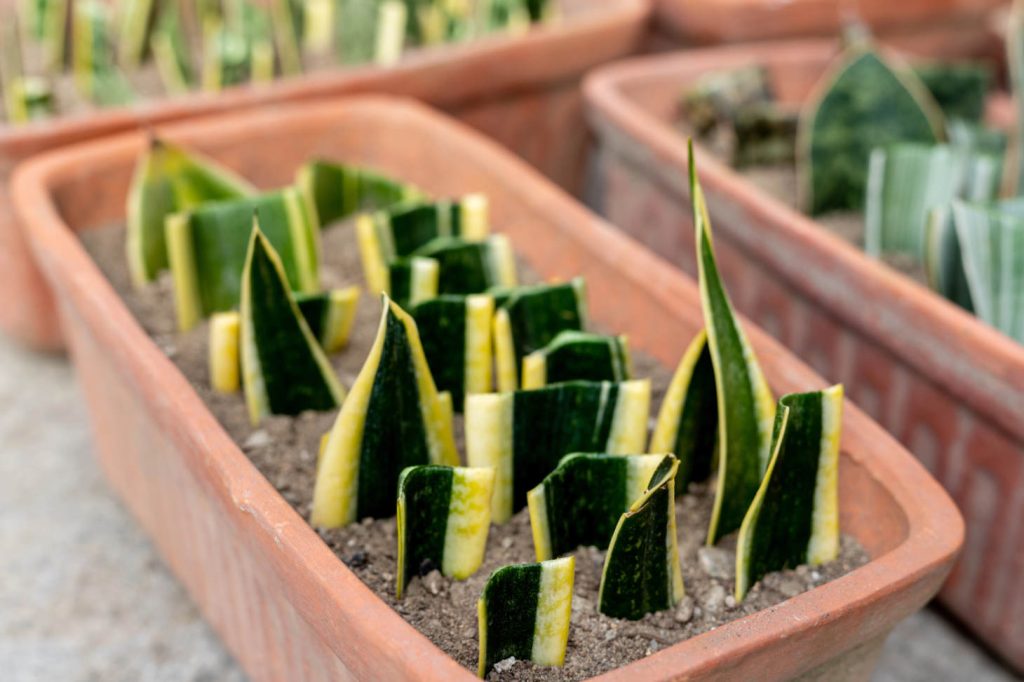
A healthy parent plant is critical for successful propagation. Look for thick, plump leaves, strong color, and no signs of disease or pests. Leaves for propagation should snap off cleanly and show a slight “scab” forming within a day after being removed.
If your succulent is actively growing, new leaves or offshoots often appear at the center or along stems. These are signs your plant is ready to be propagated. Newly growing plants root faster and adapt to new soil quickly.
Avoid propagating if the plant is stressed, shriveled, or recovering from recent changes (such as repotting). Waiting until you see true growth activity gives your propagated leaves the best possible start.
Propagation Methods and Their Timing
Succulents can be multiplied in different ways, and each method has its own best timing for success. Timing matters for rooting and growth, so choosing when to start new plants makes a big difference.
Leaf Cuttings: When to Start
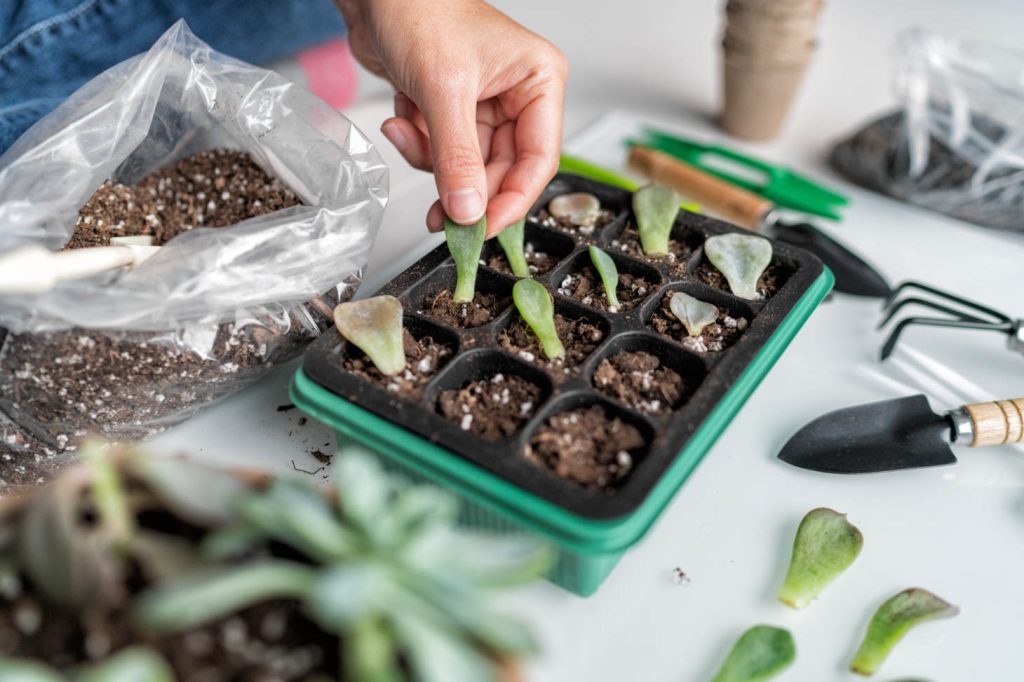
Leaf propagation works well for many types of succulents, especially Echeveria and Sedum. The best time to take and root leaf cuttings is in the active growing seasons, spring and summer. During these months, leaves are more likely to root and pups form faster.
Stem Cuttings: Ideal Conditions

Stem propagation is helpful if your succulent is getting leggy or tall. Take stem cuttings in spring or summer for the best results. Warm weather and longer days support strong root development.
Offsets and Roots: Best Periods
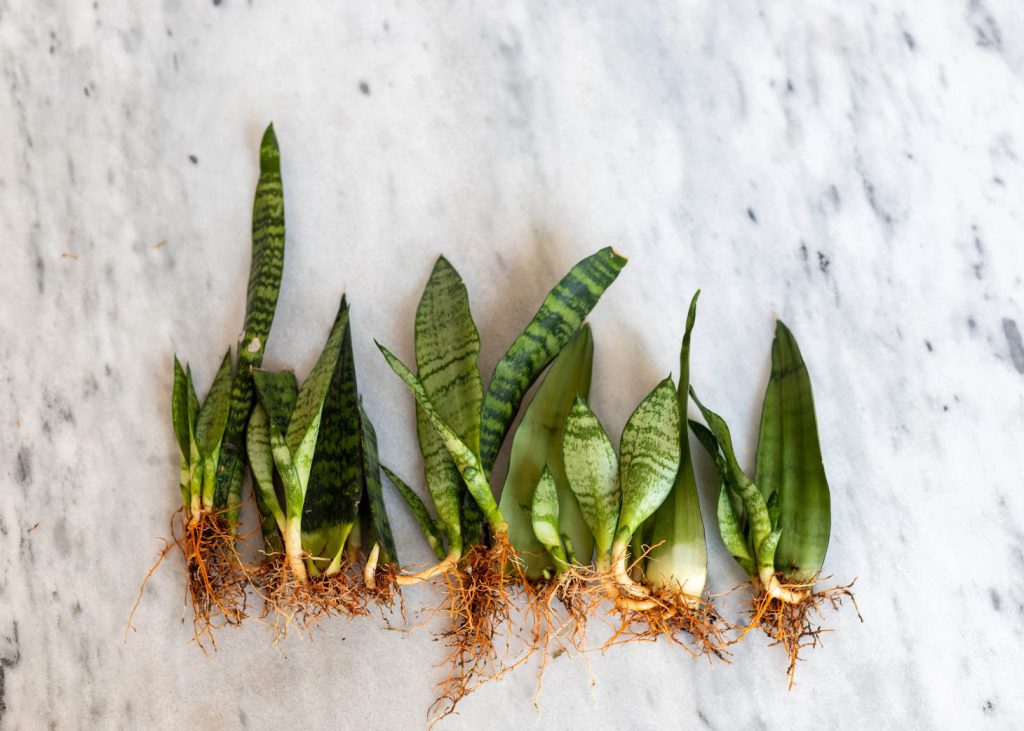
Offsets, sometimes called pups or chicks, are baby succulents that grow at the base of the parent plant. The best time to separate offsets is in spring or summer, when both parent and baby are growing actively.
Succulent Seeds: Sowing Schedule
Growing succulents from seeds is slow but rewarding. The best time to sow seeds is late winter, spring, or early summer. As days get warmer and brighter, seeds germinate better and young seedlings get more light.
Frequently Asked Questions
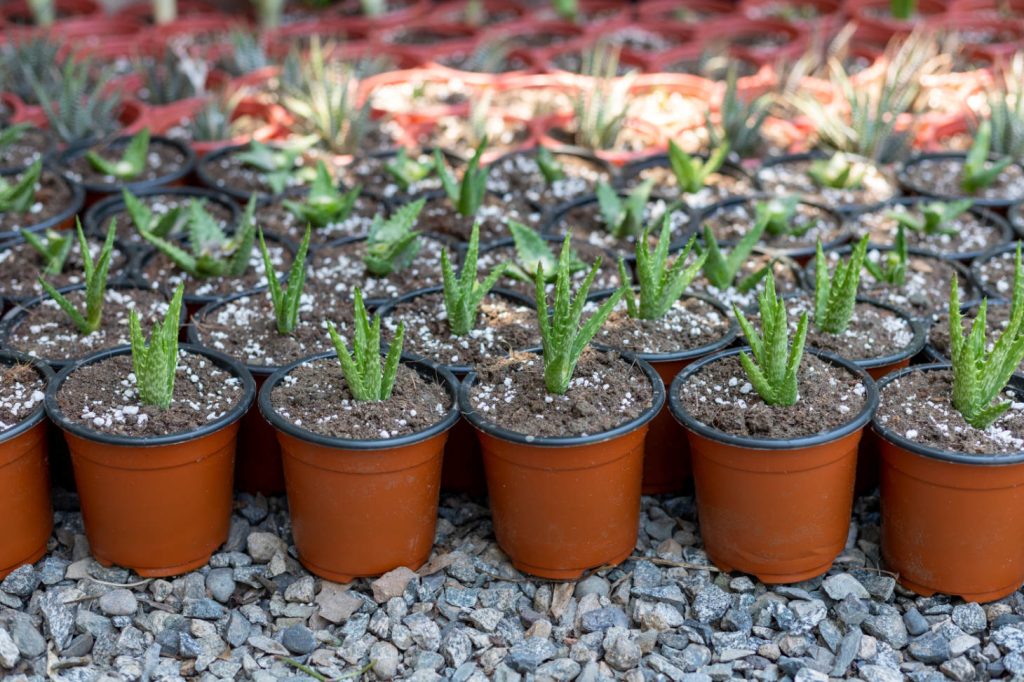
Succulent propagation works best when you know the right time, method, and care steps. Your choices affect how fast roots form, how strong new plants grow, and which tools work best for your situation.
What is the best time of year to propagate succulent leaves?
Spring or summer is usually the best time. Warm temperatures and longer days help new roots and leaves grow faster. Avoid trying to start propagation in the coldest or hottest parts of the year, since extreme weather slows growth.
Can succulent leaves be propagated directly in water?
Yes, succulent leaves can be propagated in water, though most types establish better in soil. While water propagation may yield quick roots, these “water roots” can struggle when transplanted, and leaves risk rotting if kept overly wet. Always allow leaves to callous before propagating.
What’s the most efficient way to plant succulent cuttings without roots?
Let the cut end of the cutting dry and form a callous for a few days. Place the calloused end on top of well-draining soil and wait for roots to grow. Do not water right away; wait until you see roots or new growth.
How can I accelerate the growth of newly propagated succulents?
Give them bright, indirect light and warm temperatures between 65–80°F (18–27°C). Avoid direct sunlight, which can scorch young plants. Allow the soil to dry out completely between waterings, then water thoroughly until it drains from the bottom.
Is it possible to propagate a succulent from just a stem?
Yes, stem cuttings are a common way to propagate succulents. Cut a healthy stem, allow it to callus for a few days, then plant it in a well-draining soil. Roots and new shoots usually begin to form after 2-4 weeks.
How long does it generally take for succulent cuttings to root in soil?
Most succulent cuttings take about 2 to 4 weeks to grow roots in soil. Warmer temperatures help roots form faster. Some types may take a little longer, so check for new growth before moving or watering them more.

